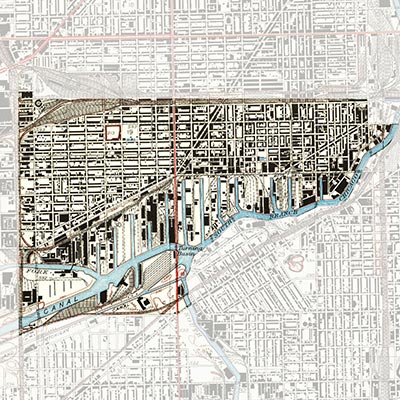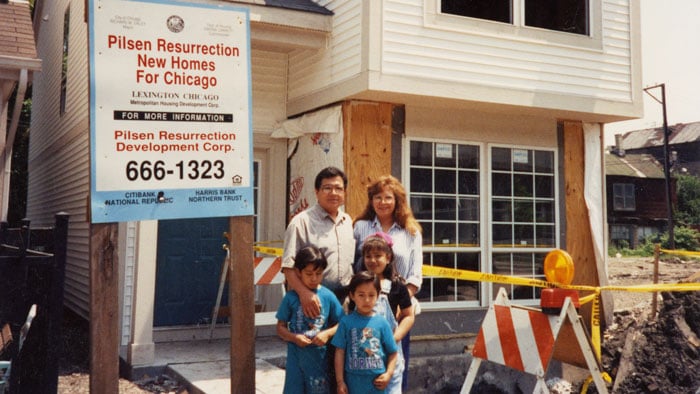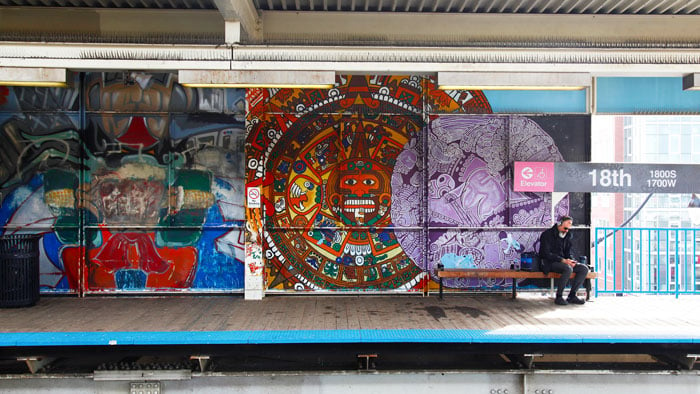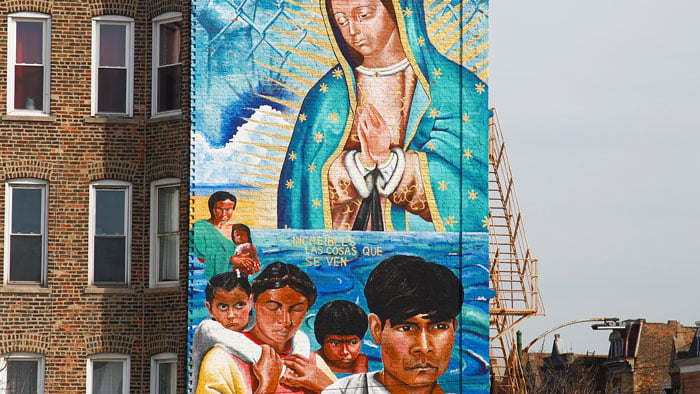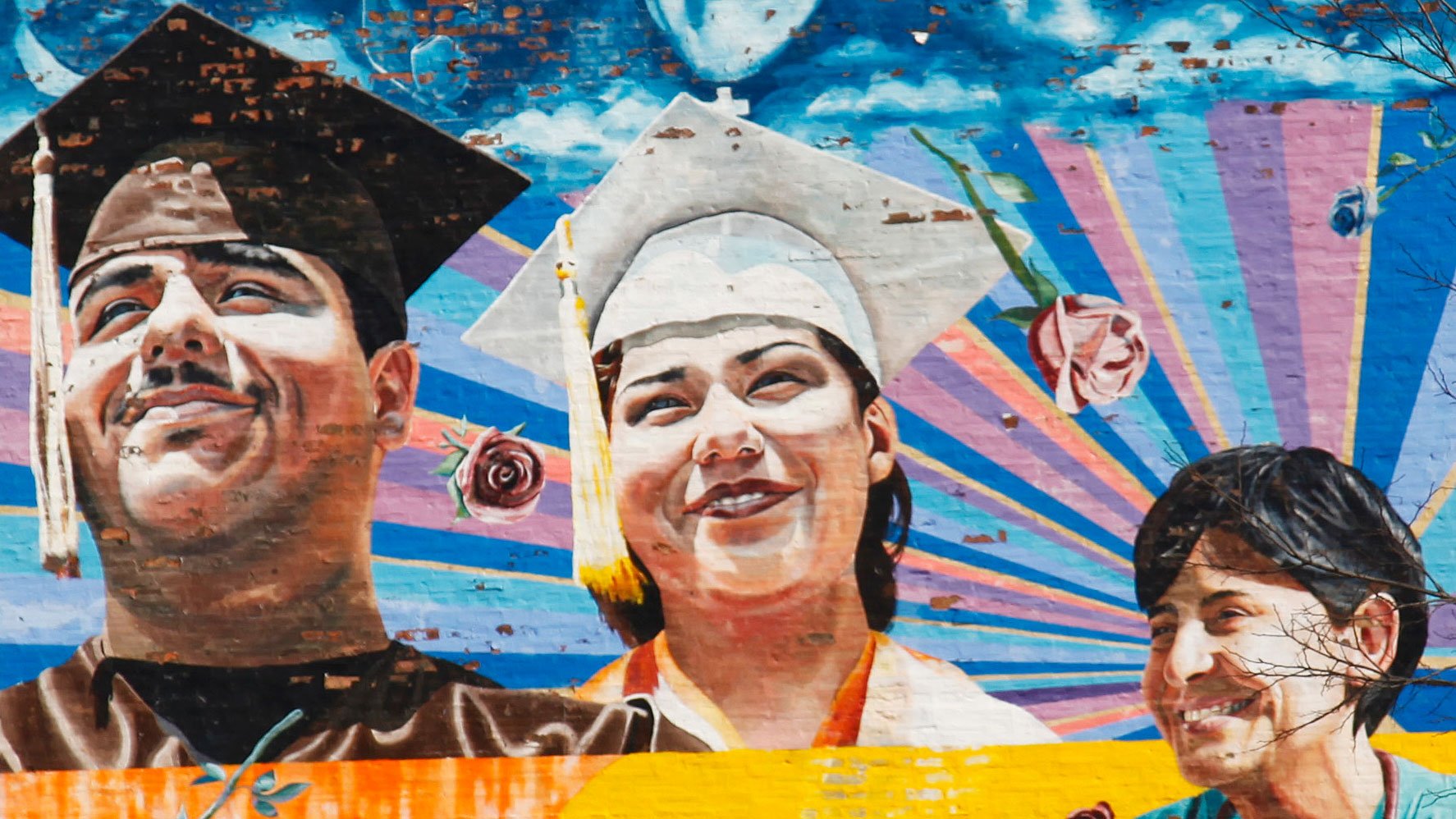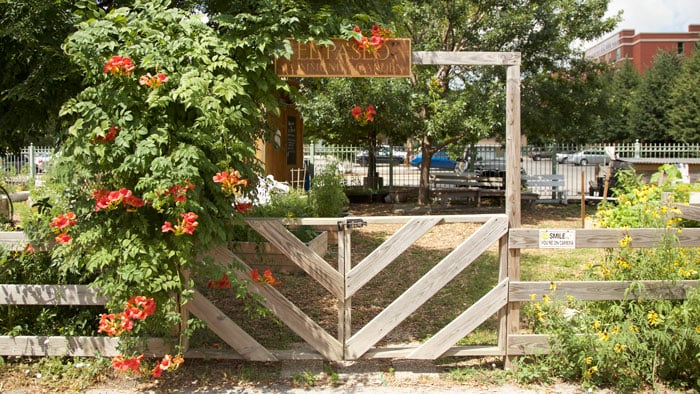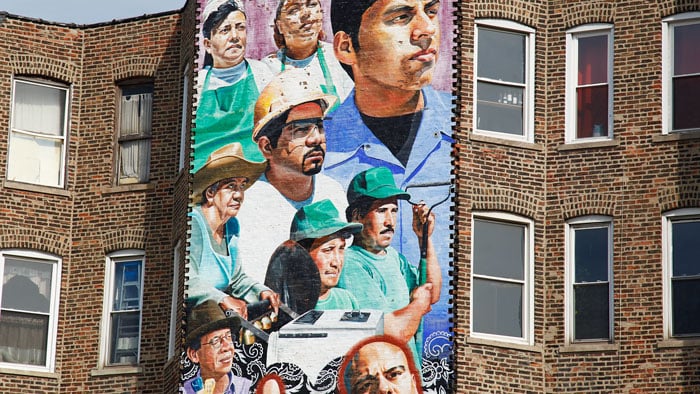My Neighborhood: Pilsen
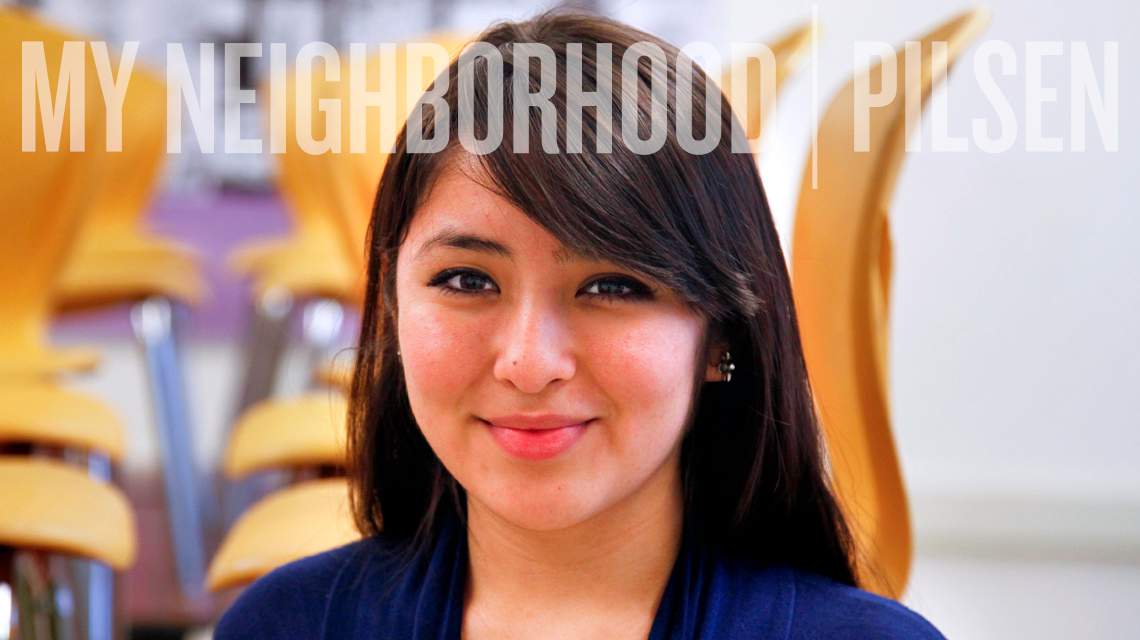

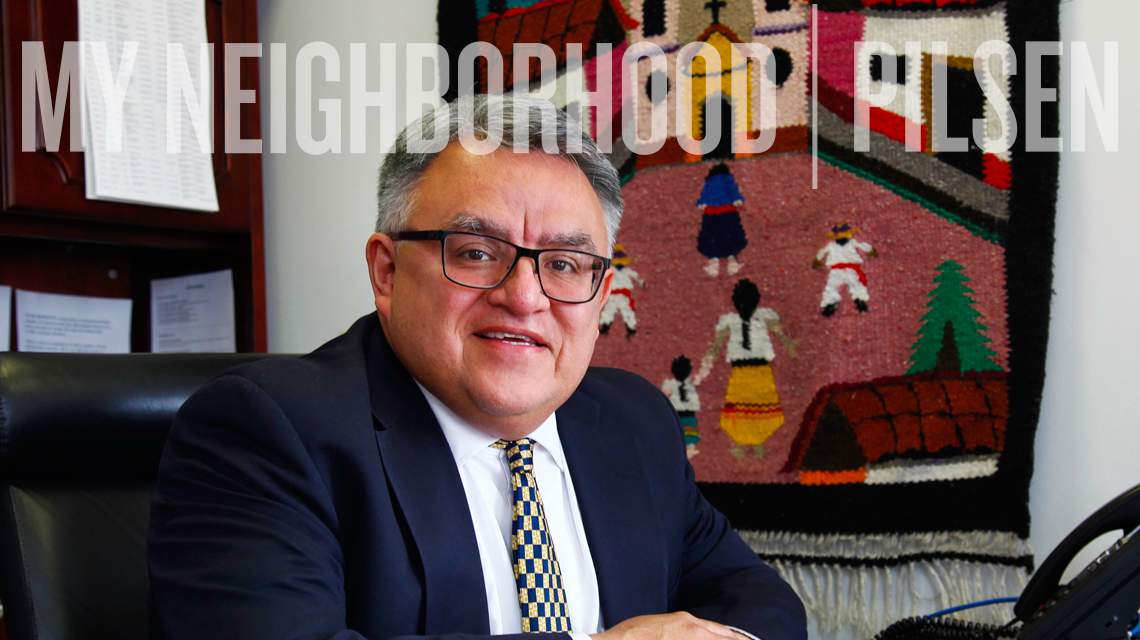


The History of Pilsen
Pilsen’s early story is one of struggle: recently arrived immigrants struggling to navigate a foreign, often unwelcoming new land; factory workers struggling for a livable wage and an eight-hour day, even in the face of violent suppression; neighbors struggling to make their streets safe, their schools respectable, their air clean enough to breathe, and their homes secure.
It is only in recent years that many of those struggles have borne fruit, and given way to a new struggle: one to maintain the identity and affordability of what has only recently become a profitable destination for developers and investors. Continue history…
Explore Stories
Explore Topics
Are you inspired by the stories of Pilsen? Get involved in your neighborhood! Learn how.

